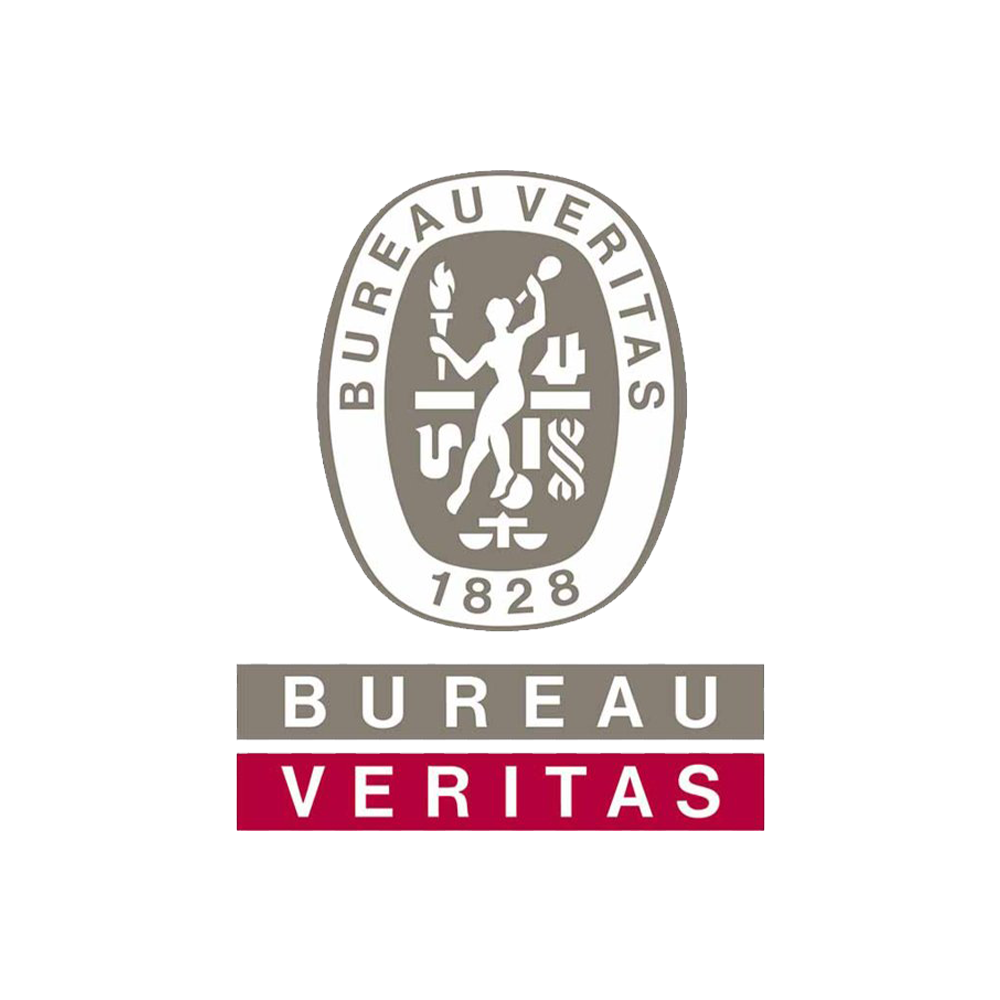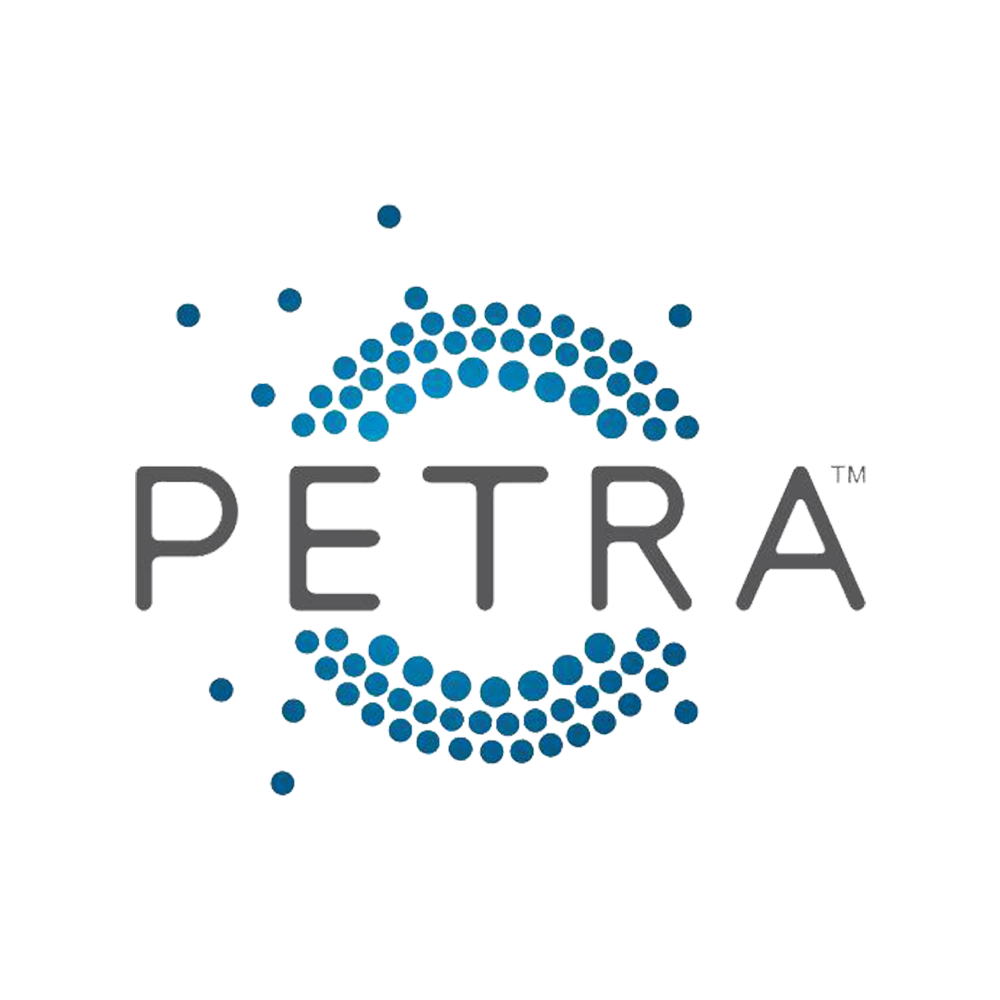Approach: Fragmentation sensing by size and lithology for blast control and sensing of sub-level caving and sublevel open stoping.
Control of rock fragmentation is essential for successful extraction of underground stopes using either sublevel open stoping or sublevel caving. Fragments that are too fine can reduce the productivity of the operation, increase the risk of dust related problems and potentially increase dilution due to over-blasting. Fragments that are too coarse can have significant impact on energy consumption in subsequent processing (e.g., crushing, milling/grinding) and may cause serious hang-up problems near draw-points. The post-blast size distribution of rock fragments depends on many factors including, for example, rock properties (e.g., physical and geomechanical), blast design (e.g., stope shape, ring design, powder factor, charge arrangement and detonation sequence) and operational issues (e.g., drilling accuracy). New opportunities to optimise mining value chain include integrating correlated drill rig sensors, draw-point and LHD lithological fragmentation sensors and data-driven blast and cave operation models (1-6).
The objective of the project is to establish a more realistic model for the size distribution of post-blast rock fragments, taking into account the key factors listed above. Sensed information is being incorporated into the model, which will include drilling parameters (e.g., penetration rate, torque, abrasivity), rock type/lithology, heterogeneity, geological structures, rock fractures, geophysical logging information (e.g., density, wave velocity, acoustic impedance, fractures, porosity) (7). LiDAR and/or photogrammetry is being used to sense rock fragmentation from draw-points, or within the stope, and the FRAGx system (8) is being used to measure fragmentation. This data is used to calibrate draw-point and stope fragmentation models to obtain a more realistic model, which is used to design the stope extraction to optimise rock fragmentation. In combination with sensed grade data (where available), the model is also being used in the optimisation of the stope production schedule and the transport of ore from draw-points to the mill, accounting for stockpiling, ore blending and the costs of haulage, crushing and milling/grinding.








